
Plasma Fractionation Market Growth, Size, Analysis, Trends, Challenges and Future Outlook
Plasma Fractionation Market Growth, Size, Trends Analysis - By Product, By Method, By Application, By End-User - Regional Outlook, Competitive Strategies and Segment Forecast to 2034
| Published: Jan-2025 | Report ID: HLCA2523 | Pages: 1 - 246 | Formats*: |
| Category : Healthcare | |||


- Takeda announced in January 2024 that the FDA had authorized Immune Globulin Infusion 10% solution as an intravenous immunoglobulin therapy for treating neuromuscular dysfunction and impairment in adults with chronic inflammatory demyelinating polyneuropathy.
- In July 2024, Biotest AG stated that it had laid the framework for an agreement with Kedrion to fully commercialize and distribute its immunoglobulin product, Yimmugo, in the United States. The FDA previously approved Yimmugo's Biologic License Application (BLA).
- The Food and Drug Administration (FDA) approved CSL's (Australia) 50mL/10gm prefilled syringe for Hizentra (Immune Globulin Subcutaneous [Human] 20% Liquid) in April 2023 for use in patients with PI and CIPD.
| Report Metric | Details |
| Market size available for years | 2021-2034 |
| Base year considered | 2024 |
| Forecast period | 2025-2034 |
| Segments covered | By Product, By Method, By Application, By End-User. |
| Regions covere | North America, Latin America, Asia-Pacific, Europe, and Middle East & Africa. |
| Companies Covered | Grifols S.A, CSL Limited, Takeda Pharmaceutical Company Limited, Octapharma AG, Kedrion S.p.A, LFB S.A, Biotest AG, Sanquin, Bio Products Laboratory Ltd, Intas Pharmaceuticals Ltd. |
- Global Plasma Fractionation Market Size (FY’2021-FY’2034)
- Overview of Global Plasma Fractionation Market
- Segmentation of Global Plasma Fractionation Market By Product (Albumin, Immunoglobulins, Coagulation Factors, Protease inhibitors, Others)
- Segmentation of Global Plasma Fractionation Market By Method (Centrifugation, Depth Filtration, Chromatography, Others)
- Segmentation of Global Plasma Fractionation Market By Application (Neurology, Hematology, Oncology, Immunology, Pulmonology, Others)
- Segmentation of Global Plasma Fractionation Market By End User (Hospitals & Clinics, Clinical Research, Others)
- Statistical Snap of Global Plasma Fractionation Market
- Expansion Analysis of Global Plasma Fractionation Market
- Problems and Obstacles in Global Plasma Fractionation Market
- Competitive Landscape in the Global Plasma Fractionation Market
- Details on Current Investment in Global Plasma Fractionation Market
- Competitive Analysis of Global Plasma Fractionation Market
- Prominent Players in the Global Plasma Fractionation Market
- SWOT Analysis of Global Plasma Fractionation Market
- Globa Plasma Fractionation Market Future Outlook and Projections (FY’2025-FY’2034)
- Recommendations from Analyst
1.1. Scope of the report1.2. Market segment analysis
2.1. Research data source
2.1.1. Secondary Data2.1.2. Primary Data2.1.3. SPERs internal database2.1.4. Premium insight from KOLs
2.2. Market size estimation
2.2.1. Top-down and Bottom-up approach
2.3. Data triangulation
4.1. Driver, Restraint, Opportunity and Challenges analysis
4.1.1. Drivers4.1.2. Restraints4.1.3. Opportunities4.1.4. Challenges
5.1. SWOT Analysis
5.1.1. Strengths5.1.2. Weaknesses5.1.3. Opportunities5.1.4. Threats
5.2. PESTEL Analysis
5.2.1. Political Landscape5.2.2. Economic Landscape5.2.3. Social Landscape5.2.4. Technological Landscape5.2.5. Environmental Landscape5.2.6. Legal Landscape
5.3. PORTERs Five Forces
5.3.1. Bargaining power of suppliers5.3.2. Bargaining power of buyers5.3.3. Threat of Substitute5.3.4. Threat of new entrant5.3.5. Competitive rivalry
5.4. Heat Map Analysis
6.1. Global Plasma Fractionation Market Manufacturing Base Distribution, Sales Area, Product Type6.2. Mergers & Acquisitions, Partnerships, Product Launch, and Collaboration in Global Plasma Fractionation Market
7.1. Albumin
7.2. Immunoglobulins
7.2.1. Intravenous immunoglobulins7.2.2. Subcutaneous immunoglobulins7.2.3. Other immunoglobulins
7.3. Coagulation Factors
7.3.1. Factor VIII7.3.2. Factor IX7.3.3. VON WILLEBRAND factor7.3.4. Prothrombin complex concentrates7.3.5. Fibrinogen concentrates7.3.6. Others
7.4. Protease inhibitors7.5. Others
8.1. Centrifugation8.2. Depth Filtration8.3. Chromatography8.4. Others
9.1. Neurology9.2. Hematology9.3. Oncology9.4. Immunology9.5. Pulmonology9.6. Others
10.1. Hospitals & Clinics10.2. Clinical Research10.3. Others
11.1. Global Plasma Fractionation Market Size and Market Share
12.1. Asia-Pacific
12.1.1. Australia12.1.2. China12.1.3. India12.1.4. Japan12.1.5. South Korea12.1.6. Rest of Asia-Pacific
12.2. Europe
12.2.1. France12.2.2. Germany12.2.3. Italy12.2.4. Spain12.2.5. United Kingdom12.2.6. Rest of Europe
12.3. Middle East and Africa
12.3.1. Kingdom of Saudi Arabia12.3.2. United Arab Emirates12.3.3. Qatar12.3.4. South Africa12.3.5. Egypt12.3.6. Morocco12.3.7. Nigeria12.3.8. Rest of Middle-East and Africa
12.4. North America
12.4.1. Canada12.4.2. Mexico12.4.3. United States
12.5. Latin America
12.5.1. Argentina12.5.2. Brazil12.5.3. Rest of Latin America
13.1. Grifols S.A
13.1.1. Company details13.1.2. Financial outlook13.1.3. Product summary13.1.4. Recent developments
13.2. CSL Limited
13.2.1. Company details13.2.2. Financial outlook13.2.3. Product summary13.2.4. Recent developments
13.3. Takeda Pharmaceutical Company Limited
13.3.1. Company details13.3.2. Financial outlook13.3.3. Product summary13.3.4. Recent developments
13.4. Octapharma AG
13.4.1. Company details13.4.2. Financial outlook13.4.3. Product summary13.4.4. Recent developments
13.5. Kedrion S.p.A
13.5.1. Company details13.5.2. Financial outlook13.5.3. Product summary13.5.4. Recent developments
13.6. LFB S.A
13.6.1. Company details13.6.2. Financial outlook13.6.3. Product summary13.6.4. Recent developments
13.7. Biotest AG
13.7.1. Company details13.7.2. Financial outlook13.7.3. Product summary13.7.4. Recent developments
13.8. Sanquin
13.8.1. Company details13.8.2. Financial outlook13.8.3. Product summary13.8.4. Recent developments
13.9. Bio Products Laboratory Ltd
13.9.1. Company details13.9.2. Financial outlook13.9.3. Product summary13.9.4. Recent developments
13.10. Intas Pharmaceuticals Ltd
13.10.1. Company details13.10.2. Financial outlook13.10.3. Product summary13.10.4. Recent developments
13.11. Others
SPER Market Research’s methodology uses great emphasis on primary research to ensure that the market intelligence insights are up to date, reliable and accurate. Primary interviews are done with players involved in each phase of a supply chain to analyze the market forecasting. The secondary research method is used to help you fully understand how the future markets and the spending patterns look likes.
The report is based on in-depth qualitative and quantitative analysis of the Product Market. The quantitative analysis involves the application of various projection and sampling techniques. The qualitative analysis involves primary interviews, surveys, and vendor briefings. The data gathered as a result of these processes are validated through experts opinion. Our research methodology entails an ideal mixture of primary and secondary initiatives.
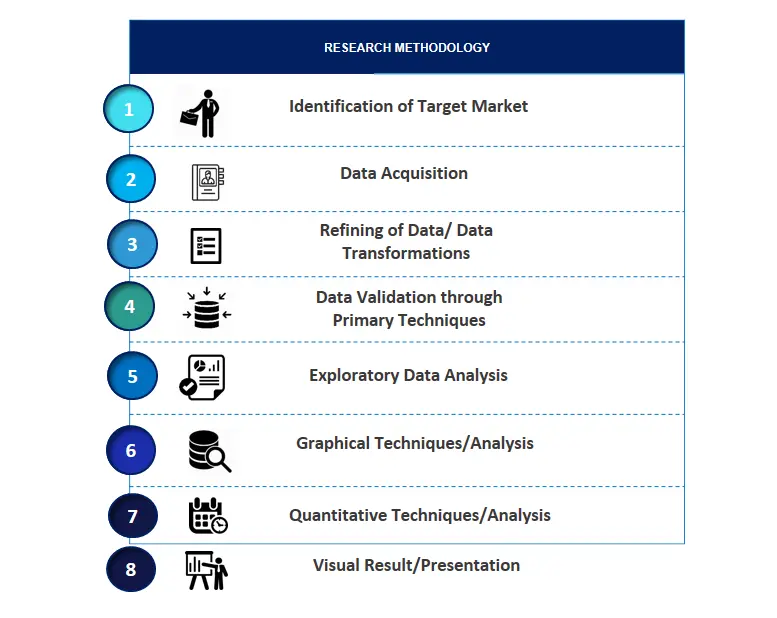
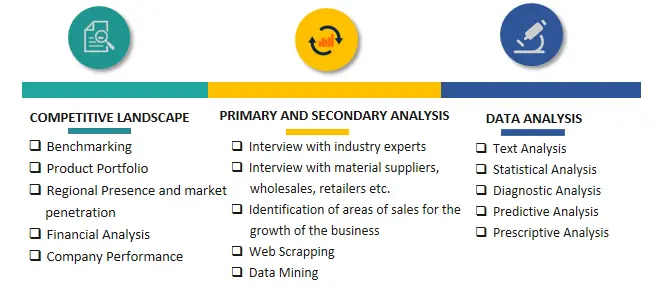

Frequently Asked Questions About This Report
PLACE AN ORDER
Year End Discount
Sample Report
Pre-Purchase Inquiry
NEED CUSTOMIZATION?
Request CustomizationCALL OR EMAIL US
100% Secure Payment
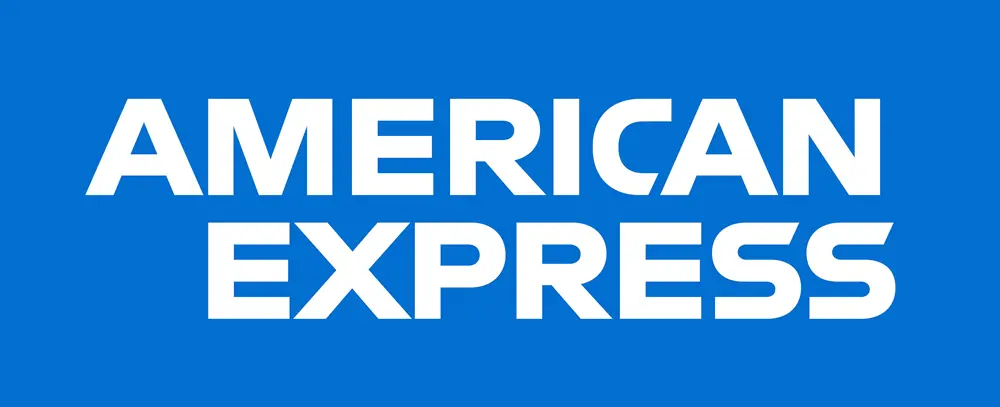

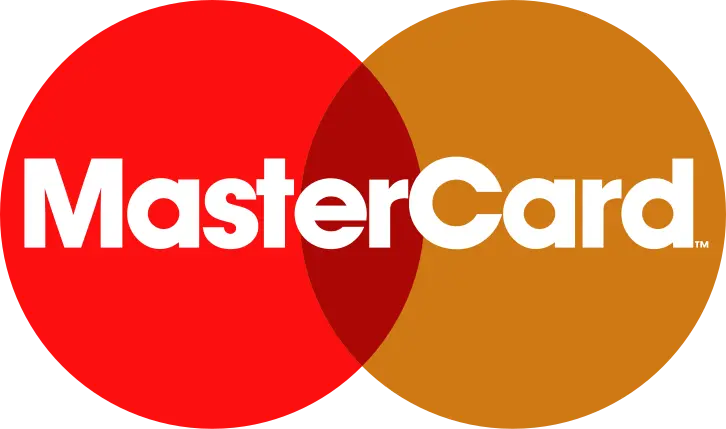
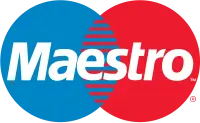


Related Reports
Our Global Clients
Our data-driven insights have influenced the strategy of 200+ reputed companies across the globe.




















